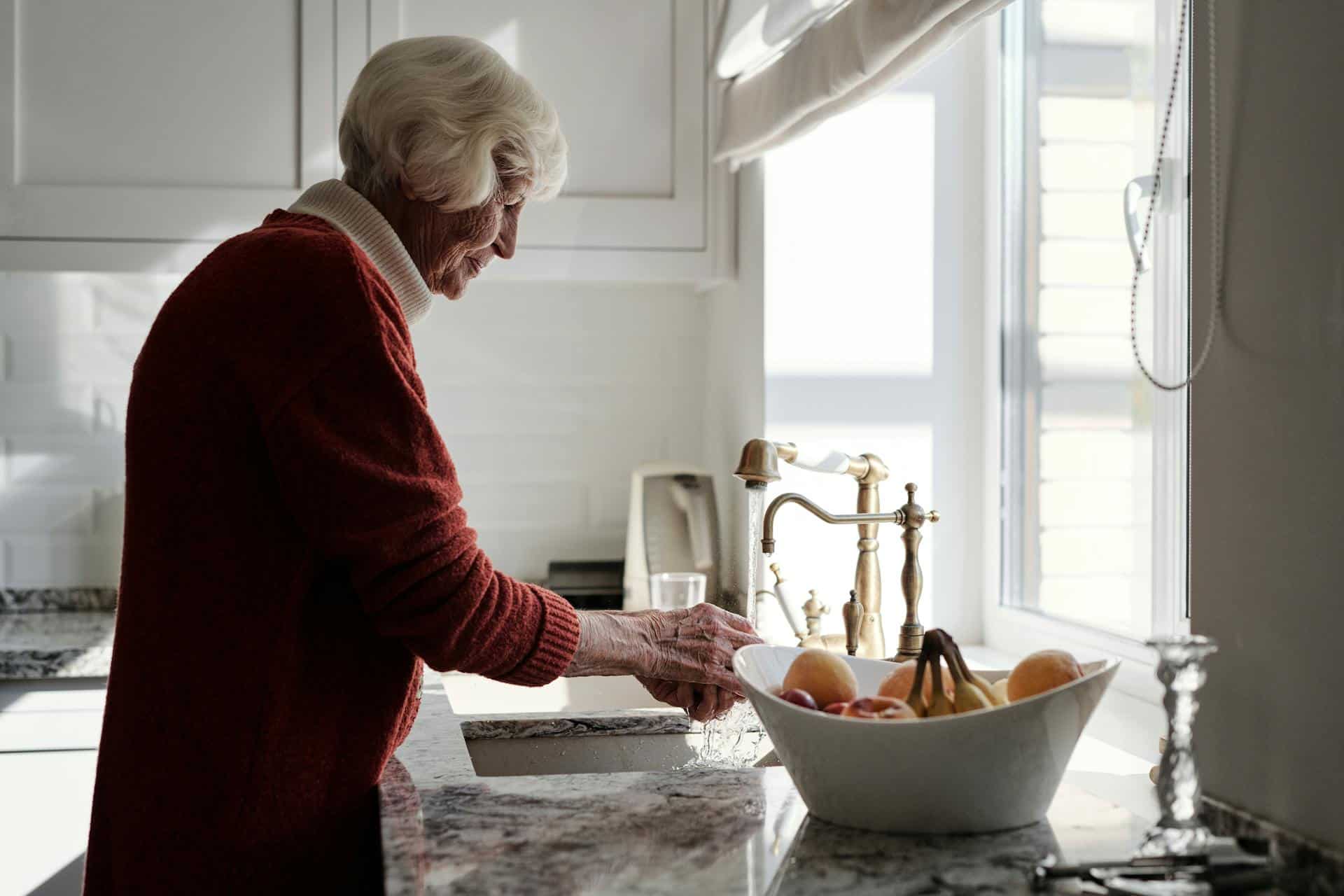
Question: Why Does My Kitchen Tap Have Three Pipes?
Answer: Your kitchen tap likely has three pipes that separate hot, cold, and specialized functionalities. Each pipe corresponds to one of these, providing independent water lines.
Understanding Your Kitchen Tap’s Plumbing
Most kitchen faucets use one or two pipes. Three pipes under your kitchen sink can seem unusual. This setup serves a specific purpose. This article explains why some kitchen taps require three pipes.
Why Does My Kitchen Tap Have Three Pipes?
A three-pipe kitchen tap setup usually indicates a specialized faucet, often a hot water dispenser or a faucet with a built-in water filter. Standard kitchen faucets use two pipes: one for hot water and one for cold. The third pipe accommodates the additional feature.
Hot water dispensers offer instant near-boiling water. This third pipe connects directly to a small tank that heats and stores water. The separate pipe prevents mixing with regular hot water, ensuring consistent high temperatures for beverages like tea and coffee.
Alternatively, the third pipe may supply water to a built-in filtration system. This separate line keeps filtered water isolated from unfiltered water, delivering clean drinking water directly from the tap.
Identifying the pipe’s function involves tracing its path. Check where it connects under the sink. A connection to a small tank points to a hot water dispenser. Connection to a filtration unit confirms a filtered water system.
Please visit this page to read more about Blue Kitchen Refacing
Related Article: Do I Need a Plumber to Fit a Kitchen Tap?
Related Article: What is the Pipe Under the Kitchen Sink Called?
Benefits of a Three-Pipe System
A three-pipe system offers advantages depending on its function. Hot water dispensers provide instant near-boiling water, saving time and energy. This convenience is particularly useful for frequent hot beverage consumers.
Filtered water systems improve drinking water quality, removing impurities and chlorine. This feature benefits health-conscious individuals and households with concerns about tap water taste or safety.
Both systems improve kitchen functionality, enhancing daily use. The third pipe adds a dedicated water line for specific purposes, optimizing workflow and efficiency.
Potential Issues and Troubleshooting
Leaks are a potential problem in any plumbing system. Three-pipe systems, with their extra connections, might present slightly higher leak risks. Regularly inspect the pipes and connections under your sink for signs of moisture or dripping. Address leaks promptly to prevent damage.
Low water pressure in the third pipe may indicate a blockage. Check for kinks or obstructions in the dedicated line. If you use a water filter, ensure the filter cartridge is not clogged. Replacing the filter cartridge often resolves this issue.
If the hot water dispenser fails to heat water, verify its power supply. Ensure the tank is properly plugged in and switched on. Consult the appliance’s manual for troubleshooting steps or contact the manufacturer for assistance.
Maintaining Your Three-Pipe System
Regular maintenance ensures optimal performance and longevity for your three-pipe system. Periodically inspect all pipes and connections for leaks or signs of wear.
If you have a filtered water system, replace the filter cartridge according to the manufacturer’s instructions. Regular filter changes maintain water quality and prevent flow restrictions. Note the recommended replacement schedule in your calendar.
For hot water dispensers, periodically flush the tank to remove sediment buildup. This process improves water quality and extends the appliance’s lifespan. Consult the user manual for flushing instructions specific to your model.
Alternatives to Three-Pipe Systems
If you lack a three-pipe system but desire filtered water, consider countertop filter pitchers or faucet-mounted filters. These options provide filtered water without requiring additional plumbing.
For instant hot water, electric kettles offer a cost-effective alternative to hot water dispensers. They heat water quickly and eliminate the need for a dedicated plumbing line.
Choosing the right system depends on your specific needs, budget, and existing plumbing infrastructure. Assess these factors to make an informed decision.
Conclusion
A three-pipe system under your kitchen sink likely indicates a hot water dispenser or a filtered water system. Each system offers specific benefits, enhancing kitchen convenience and functionality. Understanding your system and maintaining it properly ensures long-term performance and efficient operation. [ 1 ]
References
1. https://www.blanco.com/int-en/mixer-taps/advisor/water-connection/

Blue Malue Get in touch with Blue here.
